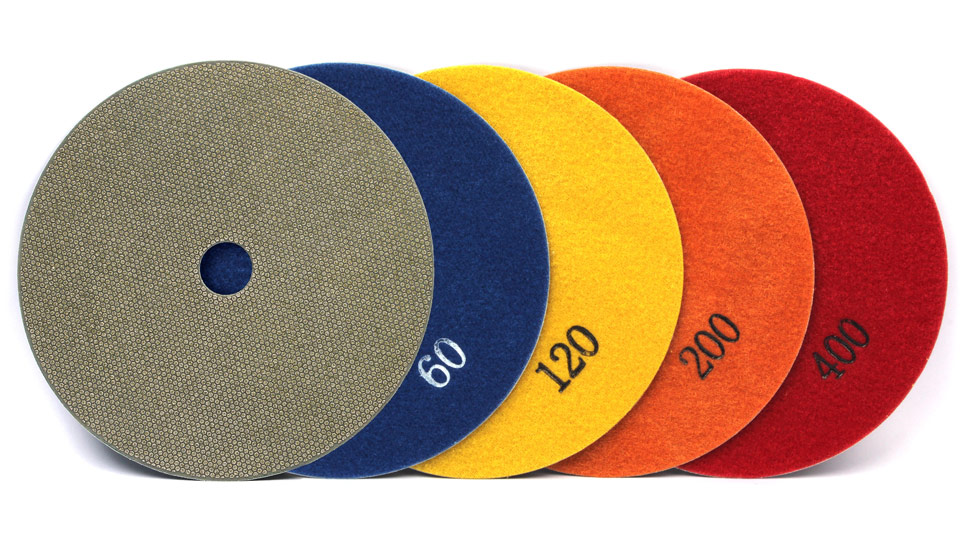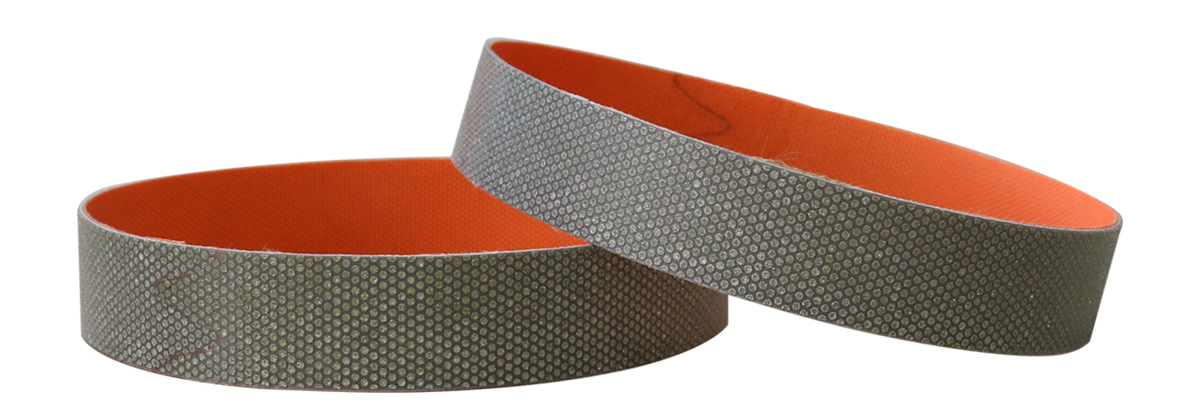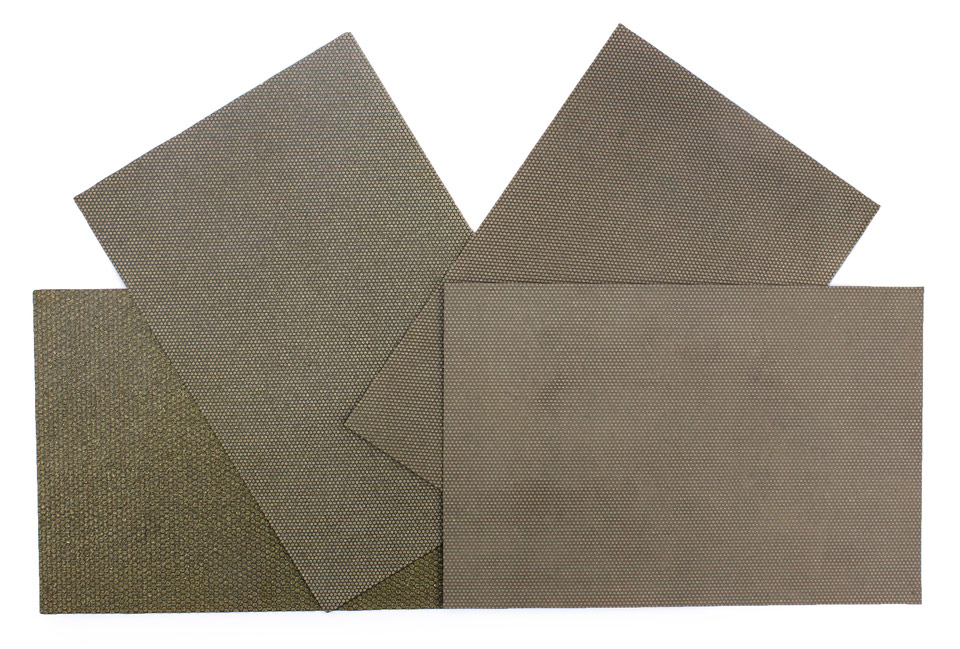Glass is available everywhere, from window panes to cookware to decorative ornaments, it is a permanent fixture all around us. The rough edges of glass have to be sanded down for the piece to be useful. In order to sand glass, you’ll need an abrasive capable of cutting and scratching a glass surface. Diamond is the natural abrasive that can scratch glass and you’ll find diamond abrasive in most types of sanding products like sanding discs, sanding belts, and sandpaper.
Diamond Sanding Discs
You can use diamond sanding discs to sand down edge of glass. Diamond sanding discs are perfectly formulated for light to moderate pressure grinding, sanding, and polishing applications on glass. Those discs are designed to be used with a backing pad and attached to a power sander.
Attach a medium grit sanding disc to a power sander, after wetting, use a circular motion and only apply light pressure on your glass. Change to a finer grit and repeat the circular motion. Continue to do this until you get the desired result and then wipe down the edge with a clean rag. Diamond Sanding Belts
Diamond Sanding Belts
Another option is a diamond sanding belt for glass. They can be affixed to a stationary belt sander or carried around with a portable belt sander to quickly grind down a smooth glass edge. Wet sanding is usually the best option for belt sanding glass, so make sure that your sanding belt is waterproof and oil resistant.
Begin with a medium grit diamond sanding belt, put the glass on the belt sander and move it back and forth until you have the desired shape. Remember to keep the pressure light so you won’t break the glass and always use water to cool the glass while you are grinding it.
Diamond Sandpaper Sheets
You can also use diamond sandpaper sheets for wet or dry sanding methods, but we recommend using them with some kind of lubricant for the best results.
Get a coarse diamond sandpaper and make it wet. Place the edge of the glass you’d like to sand onto the sandpaper. Hold the glass down with your hand. For glass pieces with multiple edges, hold them in a way to avoid cuts and piercings. Move the glass in a circular motion over the sandpaper to get the edge smooth. Maintain downward pressure while working to push the edge into the sandpaper. Rotate the piece regularly to ensure uniform sanding. Move to a finer grit and repeat the process until the edge is smooth enough. After you’ve finished sanding, wipe the edge of the glass with a clean damp cloth to remove any leftover dust. Remember to keep the sandpaper wet throughout the whole process.
Post time: May-18-2023


